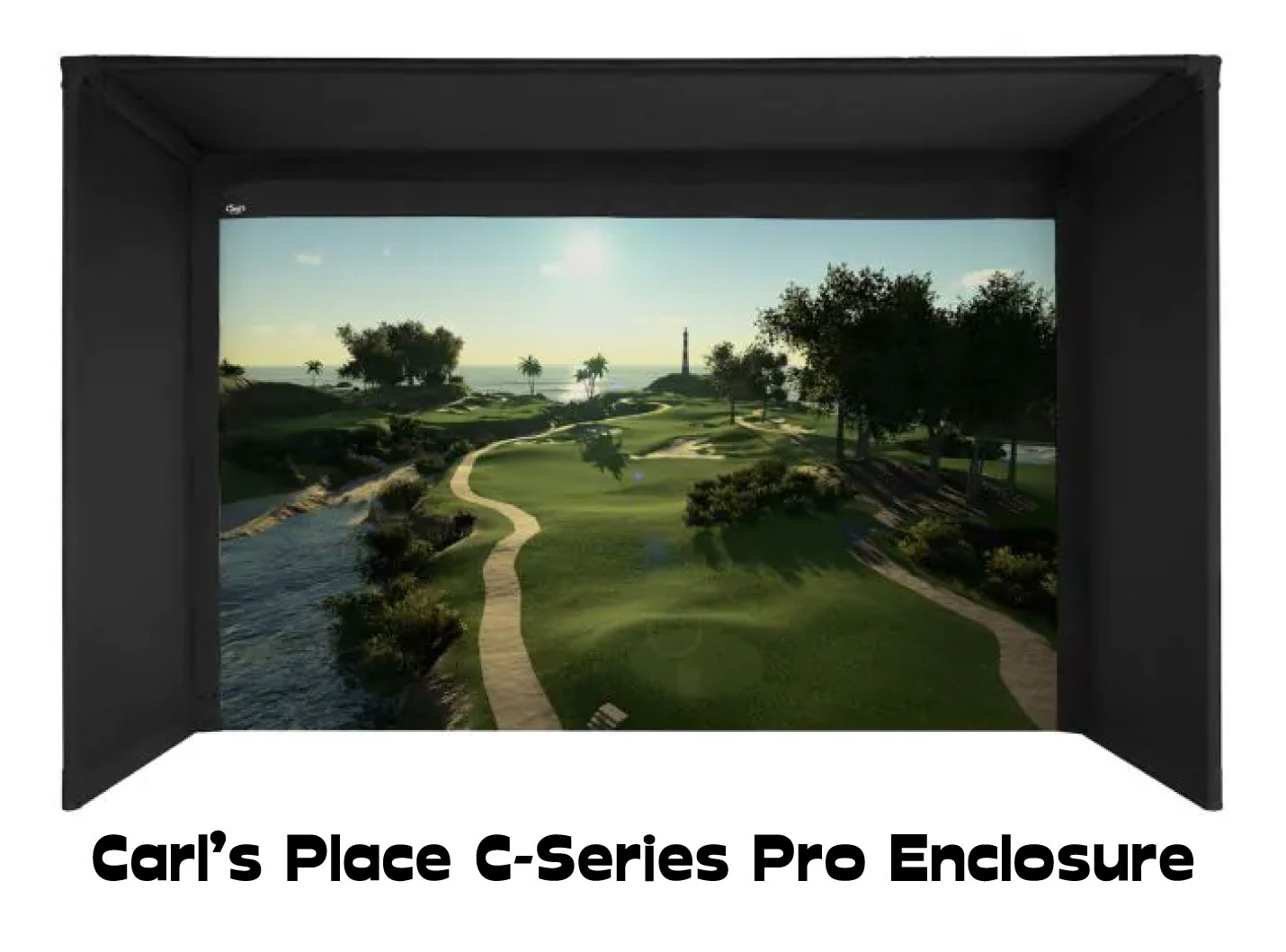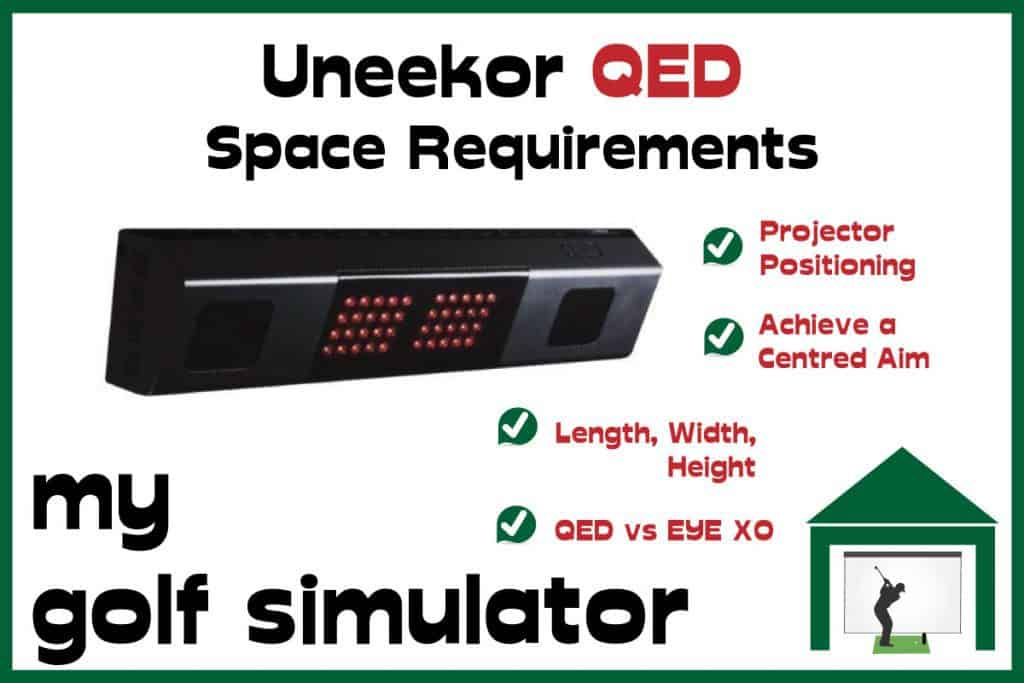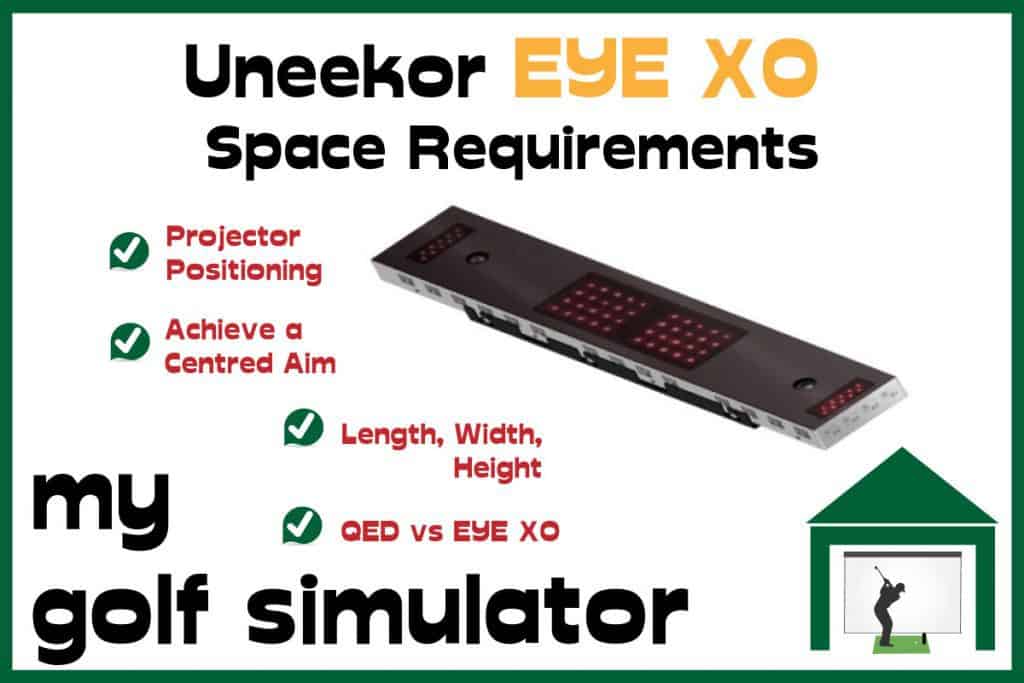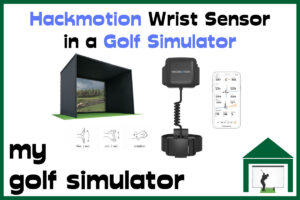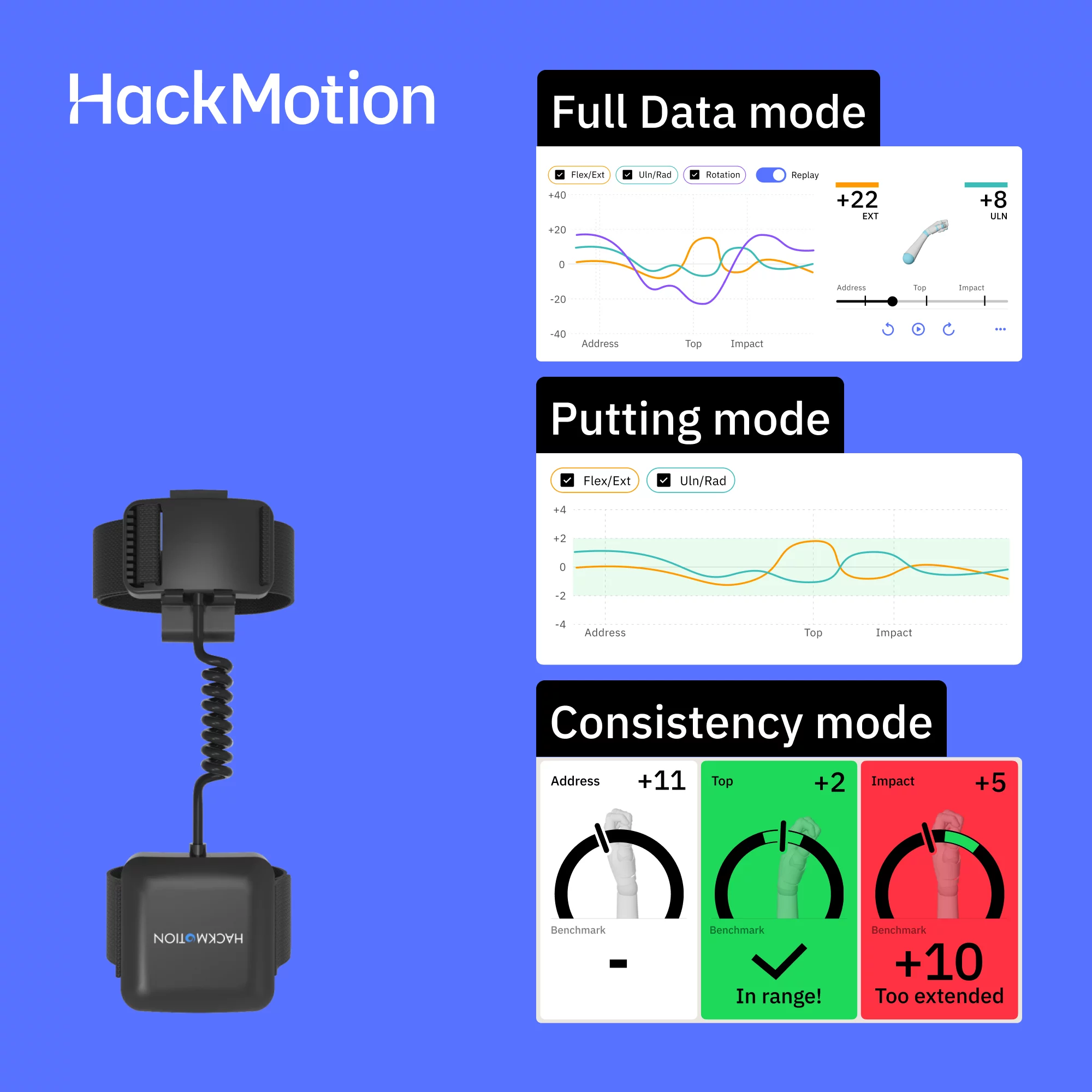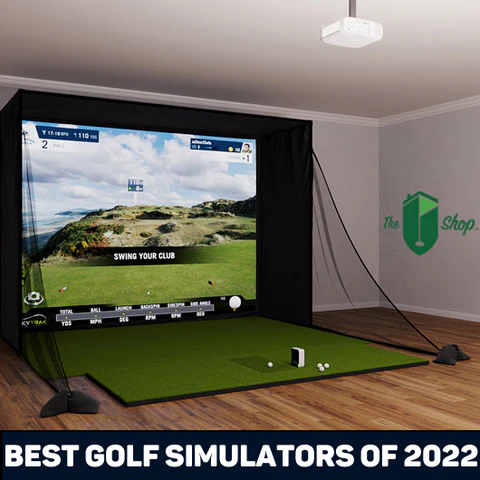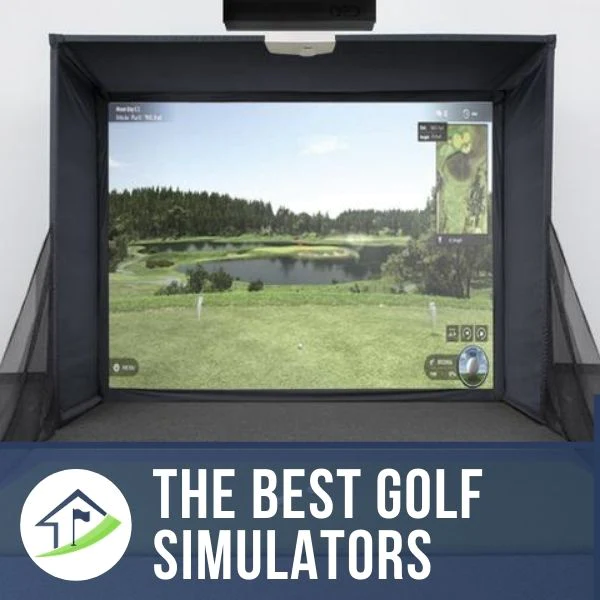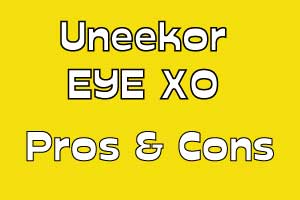What Data Does Uneekor QED Measure? – 17 QED Data Points Explained
SHARE
Posted in Launch Monitor Data, Launch Monitors
Are you wondering what launch data the Uneekor QED launch monitor measures? By reading this article you’ll learn all the Uneekor QED Data parameters and you’ll know which data the QED doesn’t measure. You’ll also learn what each data parameter means.
Uneekor QED measures 17 data parameters, split between ball data, club data and calculated shot characteristics. A further 6 data points are not measured by the QED but are included with the Uneekor EYE XO. The Uneekor QED offers excellent club data in particular at this price point.
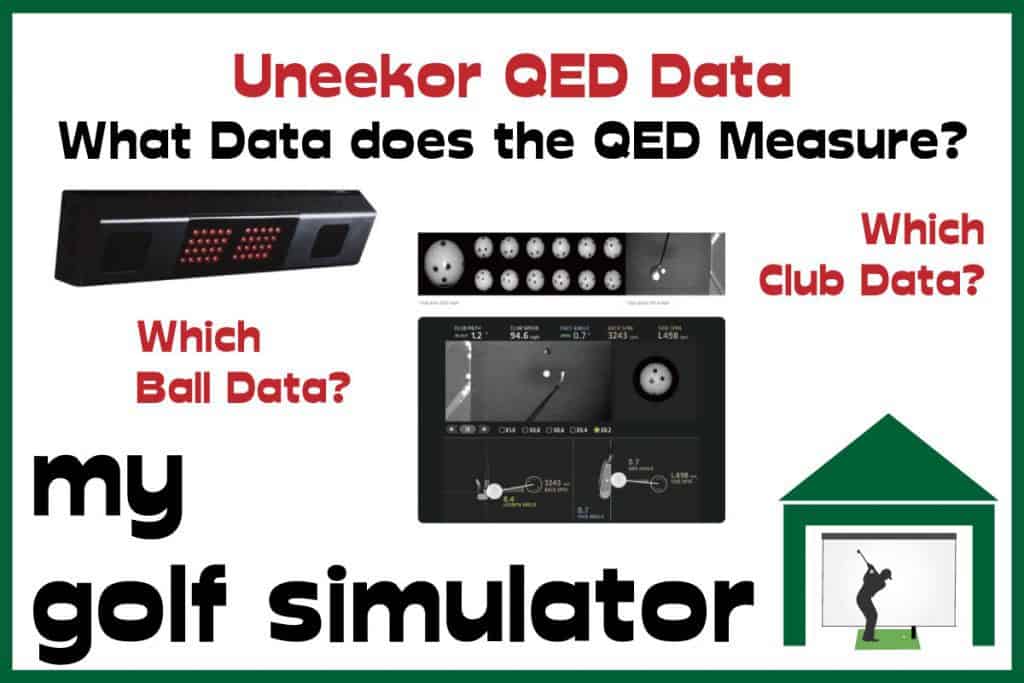
Uneekor QED Ball Data
The Uneekor QED measures the following ball flight data:
- Ball Speed
- Side Spin
- Back Spin
- Side Angle
- Side Total
- Launch Angle
- Land Angle / Angle of Descent (modelled and calculated)
- Flight Time (modelled and calculated)
- Distance to Apex (modelled and calculated)
- Carry, Run and Total Distance (modelled and calculated)
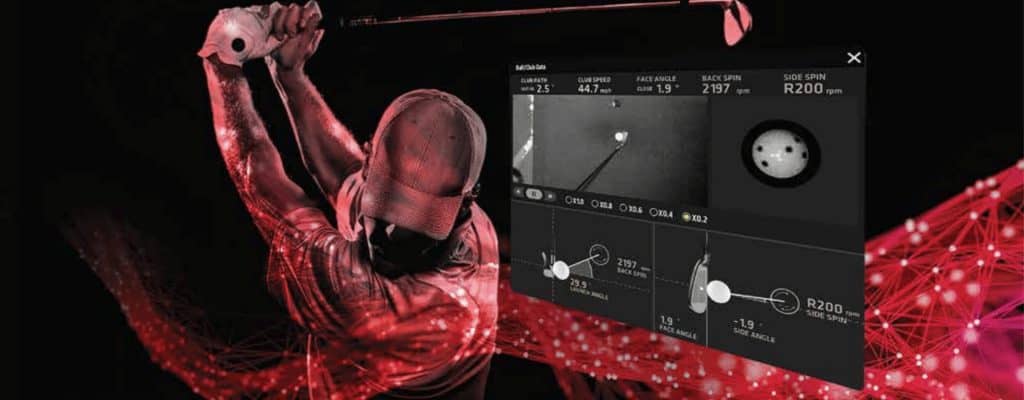
Uneekor QED Club Data
Additionally, the Uneekor QED measures the following club data. This is more club data than you will find at the lower end of of the launch monitor market:
- Club Speed (measured)
- Smash Factor
- Club Path
- Club Face Angle
- Club Face to Path
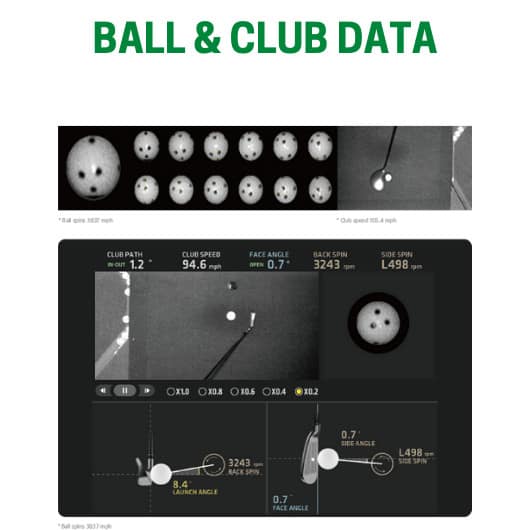
What data does QED Not Measure?
The following data is not measured by the Uneekor QED, but is measured by the EYE XO:
- Attack Angle
- Dynamic Loft
- Club Loft Angle
- Club Lie Angle (coming Fall 2020)
- Impact Point Vertical (coming Fall 2020)
- Impact Point Horizontal (coming Fall 2020)

QED Data in Detail
QED Velocities and Distances
Ball Speed
Ball speed is the initial velocity at which the ball leaves the club face. It is directly correlated with distance, with higher speeds leading to greater distances.
Ball speed is measured in miles per hour.
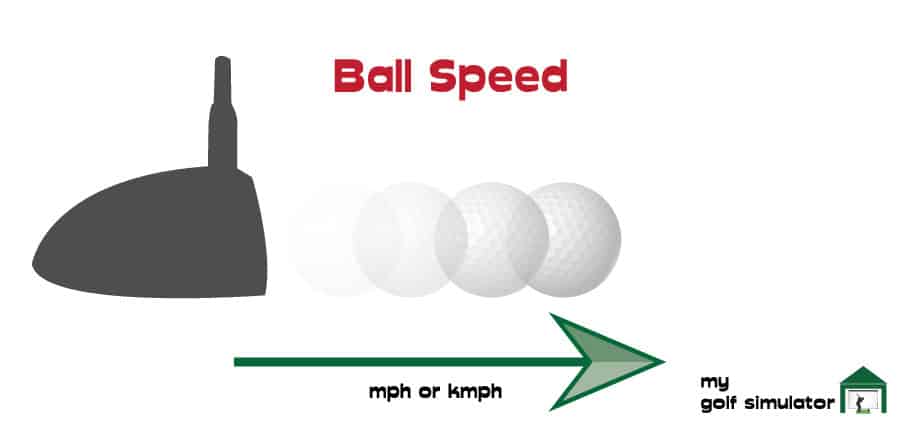
Club Speed
QED measures clubhead speed directly, unlike many cheaper launch monitors. Club speed is the velocity of the clubhead immediately before impact with the ball.
Club speed is measured in miles per hour (occasionally kilometers per hour).
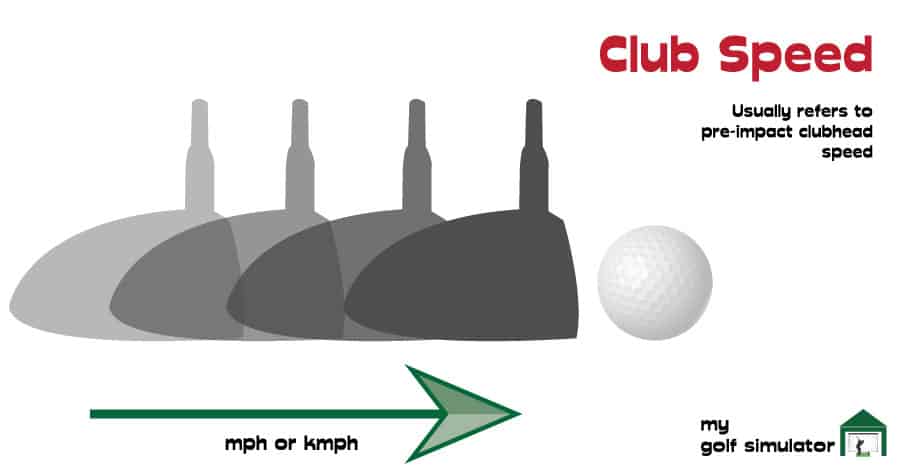
Smash Factor
QED is able to derive smash factor from actually measured parameters, unlike cheaper launch monitors which don’t directly measure club speed.
Smash factor is the ratio of ball speed to club speed, and is a measure of the efficiency of energy transfer from club to ball. The range of smash factor numbers changes with each club and with different lofts.
An optimum smash factor with a driver is around 1.5.
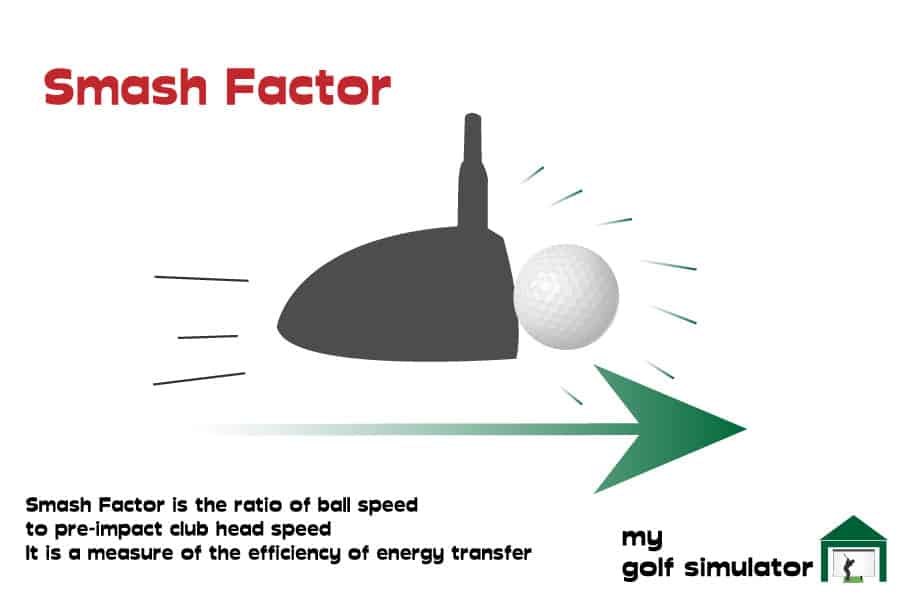
Flight Time
Flight time is akin to hang time, and means the length of time the ball is in the air.
It can be a great challenge with friends to mix up the usual long drive challenge. Who can keep the ball in the air the longest?
Distance To Apex
Do you want to hit high flighted, soft landing shots? Try and maximise the distance to apex height for a given club and you’ll be hitting higher more impressive shots into greens!
Carry, Run and Total Distance
Carry distance, run and total distance describe how far the ball travels at each stage of it’s flight before it comes to rest.
Of course, you could have a low running shot with low carry and high roll, or a high soft landing shot with little roll. Being able to hit both is the mark of a better player!
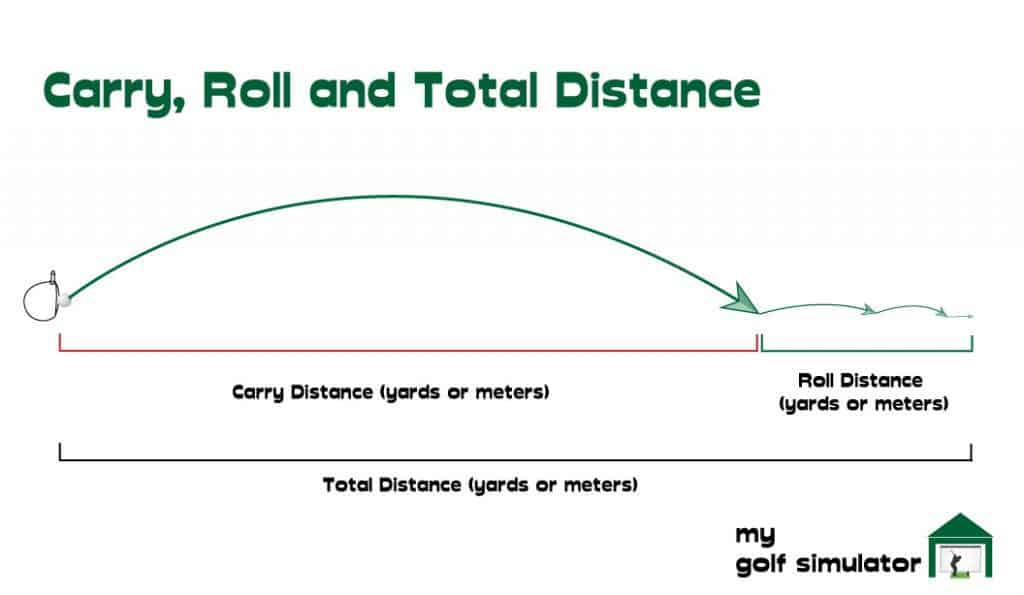
Side Total
Side total is also known as distance offline, these terms describe the horizontal distance between the target line and the final position of the ball. It shows you how far off line your shot ends up.
Your side angle or distance offline is a function of side angle and side spin as well as environmental factors such as wind direction.
You can measure side total in QED Ignite and work on honing in the dispersion of your shots to become more accurate.
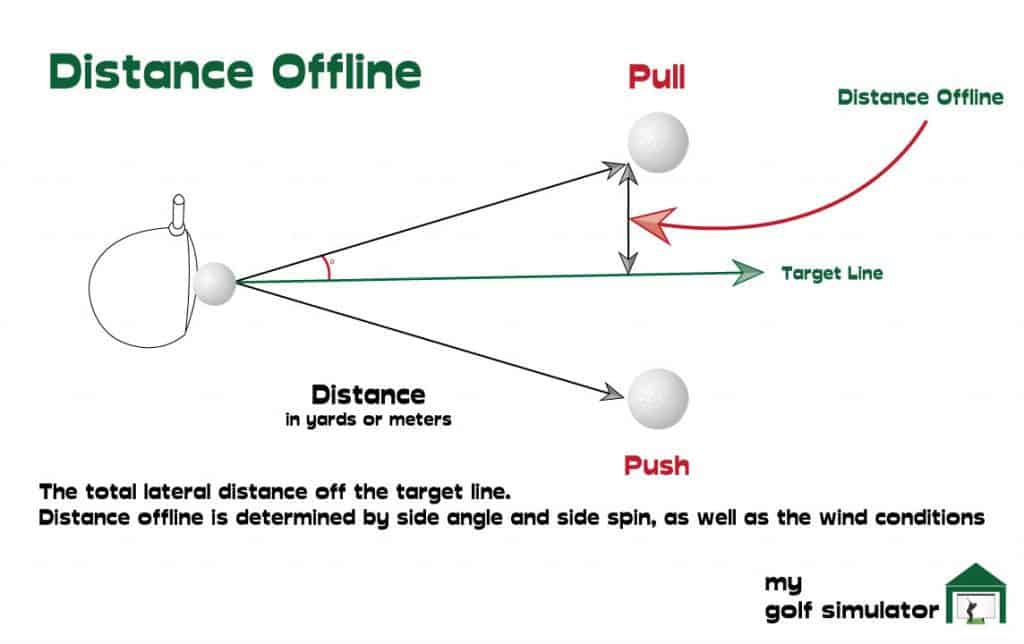
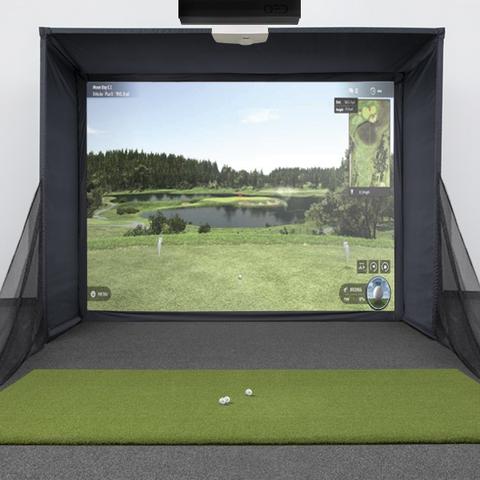
QED Spin Rates
Spin parameters are actually visualized on the Uneekor QED with the Club Optix feature showing you the spin of the ball with actual video.
Some launch monitors combine back spin and side spin into a spin axis parameter (which is more realistic I guess) but the QED will give you both back and side spin.
Back Spin
Back spin is a core launch monitor data parameter. It determines the flight and distance of a shot, as well as the way in which the ball will react when it hits the ground. You can actually see the ball spinning in QED Ignite too!
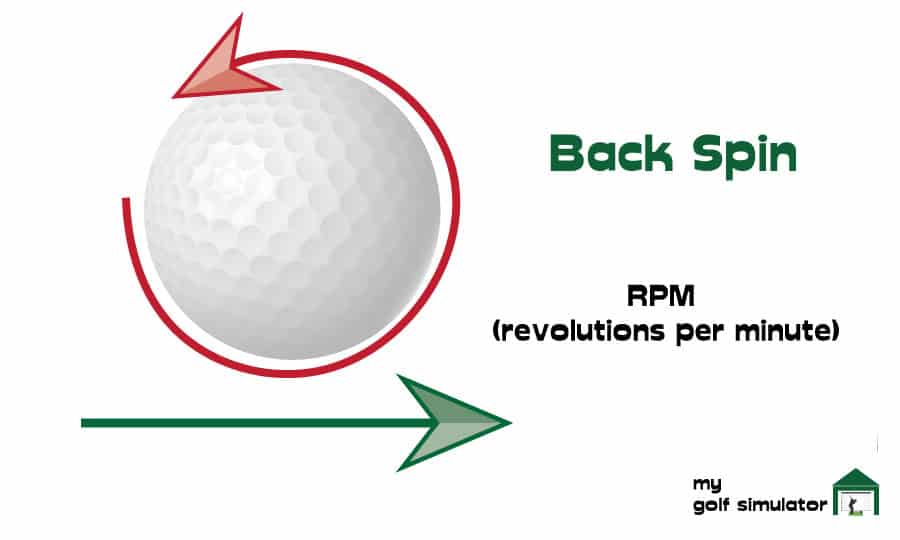
Side Spin
The side spin is the rate of spin on a horizontal axis and partly determines how much a ball will draw or fade as it flies. In reality the ball has more of a spin axis and spins in one direction, backwards and to one side. You can see this in action in QED Ignite.
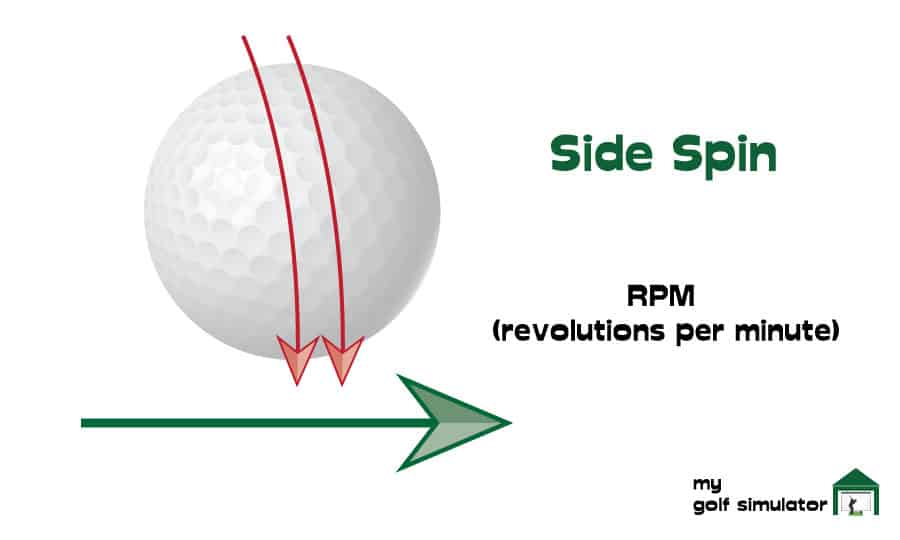
QED Angles
Side Angle
Side angle is the angle between the target line and the initial path of the ball as it leaves the club face. A positive or negative side angle will lead to a push or a pull.
Combining this with side spin in either direction will allow the ball to draw or fade back to the target (or hook or slice away from the target if you get it the wrong way round)!
Side angle is sometimes called Azimuth too.
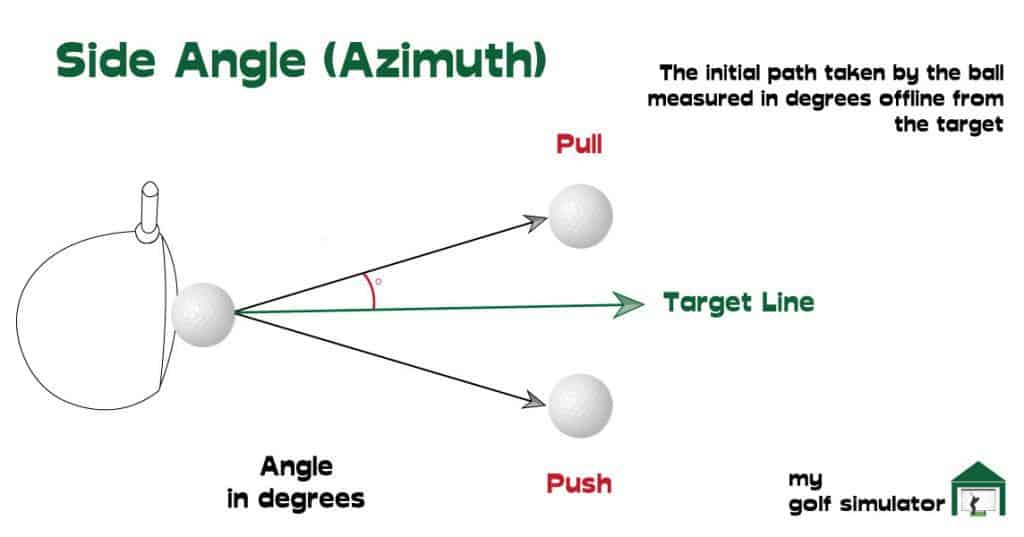
Launch Angle
Launch angle shows you the initial launch angle of the ball in degrees. Optimising the launch angle and spin rate is imperative to increase your distance with the long clubs.
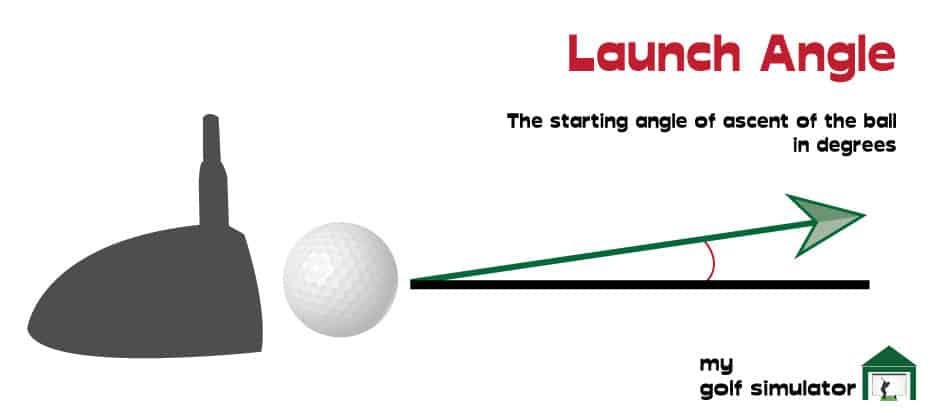
Land Angle / Angle of Descent
Land angle is also known as angle of descent and is the angle at which your ball would be expected to hit the ground. Working on this data parameter can help you control your spin on your approaches. You can also learn to hit high flying soft landing iron shots.
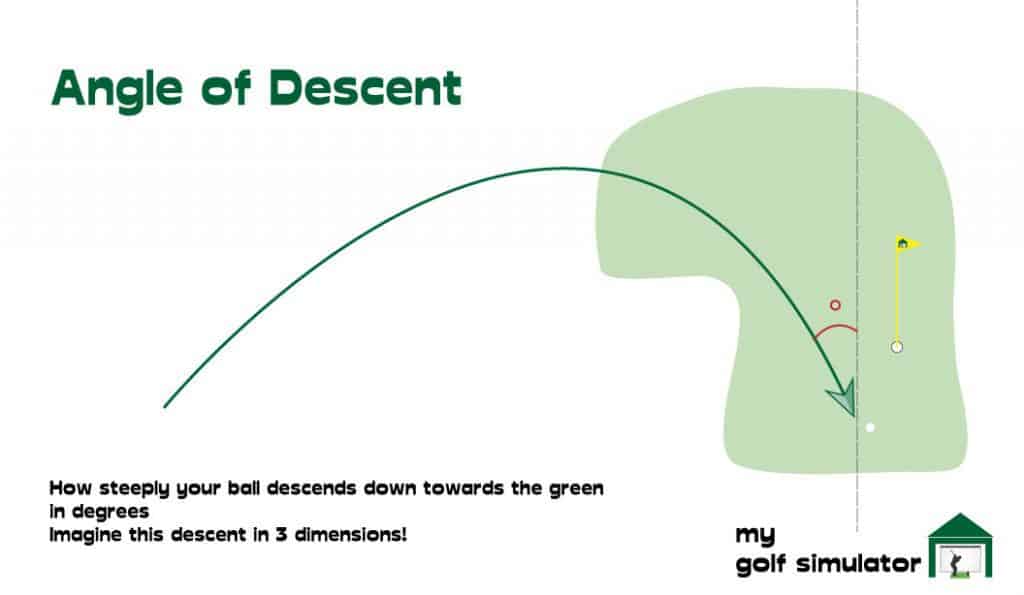
QED Club Data
Club Path
A perfectly straight shot would result from an in to square to in club path, with the club face being square at the point of impact.
The image below illustrates how the path of the club can interact with the target line. You can work on a in to out club path on your journey to hitting a nice baby draw. Alternatively the out to in club path can result in a power fade.
There are many other factors to consider when trying to groove in a certain shot shape. You need to be aware of your club path, face angle and the relationship of face to path.
If this sounds way above your head as a beginner or intermediate golfer (or even an advanced golfer), don’t worry! The Uneekor QED will help you learn more about these parameters and teach you how to use them to improve!
The QED Club Optix let’s you actually see the path of your club as it approaches the ball. This is so useful if you’re struggling with shot shape.
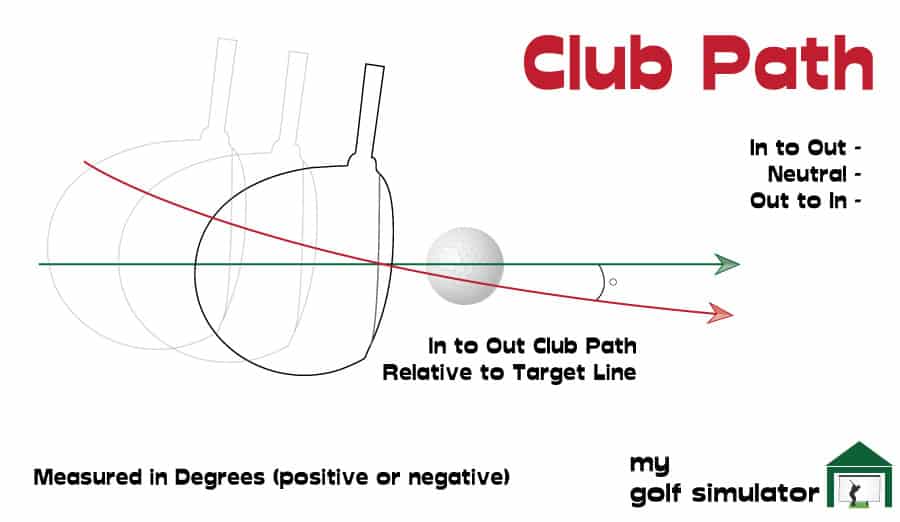
Club Face Angle
Face angle is the angle of the club face relative to the target line.
Imagine your club path is perfectly square to target at impact, but the face is a few degrees open. The ball will start straight and veer off to the right with a fade. A closed clubface (and a neutral path) will lead to a ball starting straight but drawing off to the left for a right handed golfer.
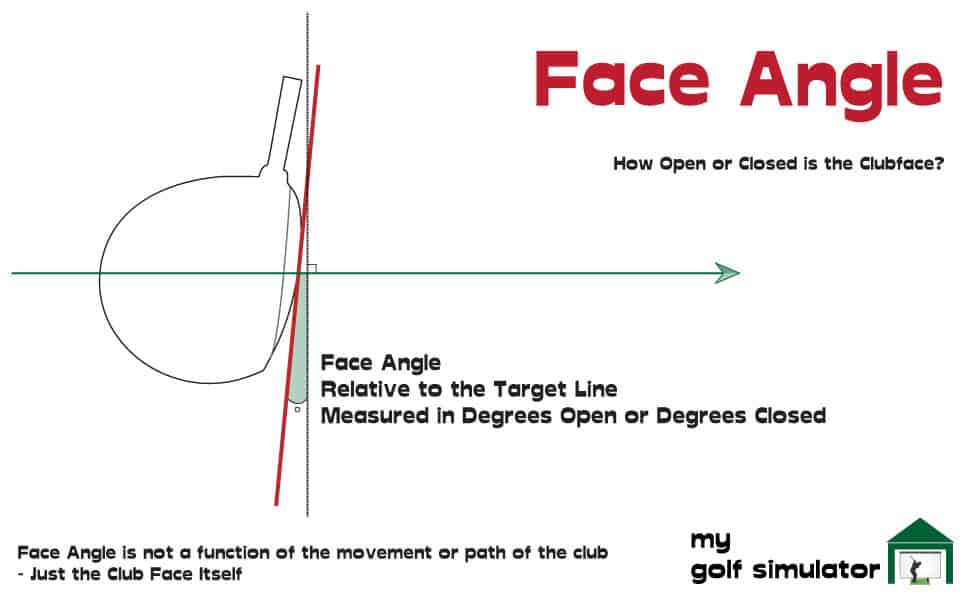
Club Face to Path
Club face to path is the most complicated parameter on this list of QED data points, but it is one of the most important.
Club path and face angle are both measured in relation to the target line. Face to path combines the two and works out whether your club face is open compared to the club path, or closed.
A clubface that’s open relative to the path of the club will produce a fade, whilst a face that’s closed to the path will produce a draw.
If the club face angle is square to the path then the ball will travel straight down that path (which may be a push or pull depending on your club path).
I know, this one can be confusing!
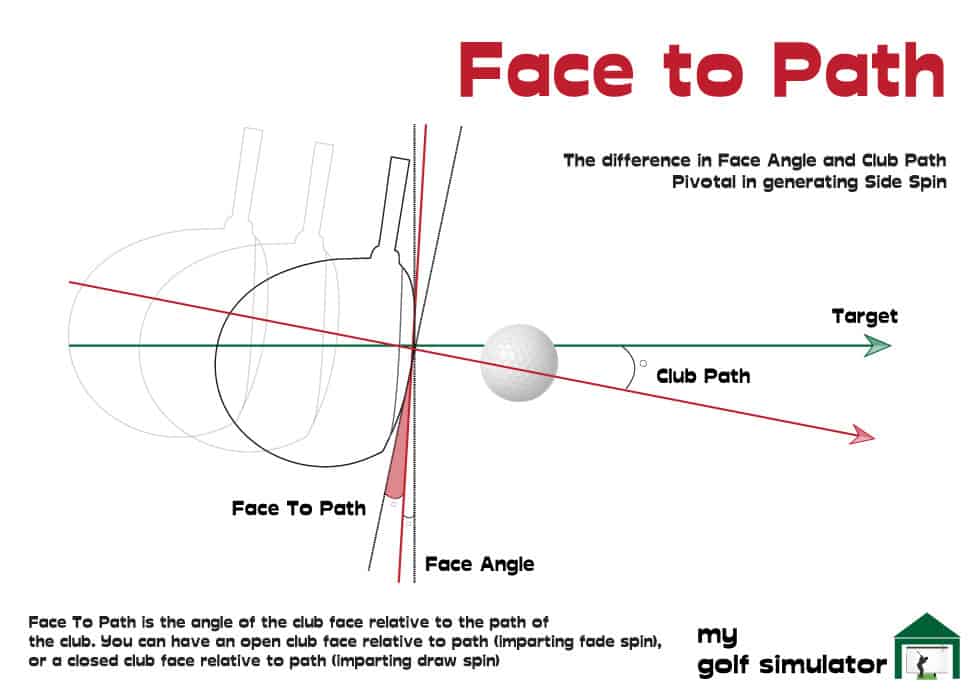
Uneekor QED cameras record your swing
Uneekor’s fantastic Swing Optix feature gives you the ability to incorporate your swing video into your practice sessions. You can set up cameras, preferably high speed cameras, in your simulator space and record your swing from any angle you choose. The QED Ignite software then lets you play back and annotate the swing video as you go.
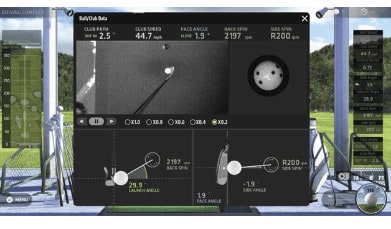
The Uneekor EYE XO allows a few more features within the Swing Optix setup, but most of it is present with the QED in Ignite.
Uneekor QED Club Stickers
You need to add reflective stickers to your club face for the QED to pick up the position of the clubface. This is easy to do and you can replenish your supply of stickers at Uneekor’s website.
The majority of launch monitors need to use some sort of reflective stickers to achieve club data and the QED is just the same.
Conclusion – Uneekor QED offers Unrivalled Data for the Price
The Uneekor QED occupies the price point in the middle of the launch monitor market.
There are launch monitors such as Skytrak and Mevo Plus which are available at a considerably cheaper price and used by a wider proportion of the market. However, they do not feature the club data that the QED does, nor do they boast the excellent Optix features found in the Uneekor products.
There are several ultra high-end launch monitors costing two to four times as much as the QED which read out similar club data, and some don’t feature the broad software compatibility the QED does. Nor do they have anything close to Uneekor’s trademark Club Optix feature.
As of 2020, you won’t find such a wide range of launch data or premium features such as video of the ball impact, at a cheaper price, which is what makes the Uneekor QED a fantastic product.
Check out The Uneekor QED at Shop Indoor Golf here!

We have lots more content on Uneekor Launch Monitors!
Please also head over to my related articles for more information on the Uneekor launch monitors.
Putting with Hackmotion – Step by Step Guide
HackMotion in a Golf Simulator: All the Data you need!
ABOUT THE AUTHOR
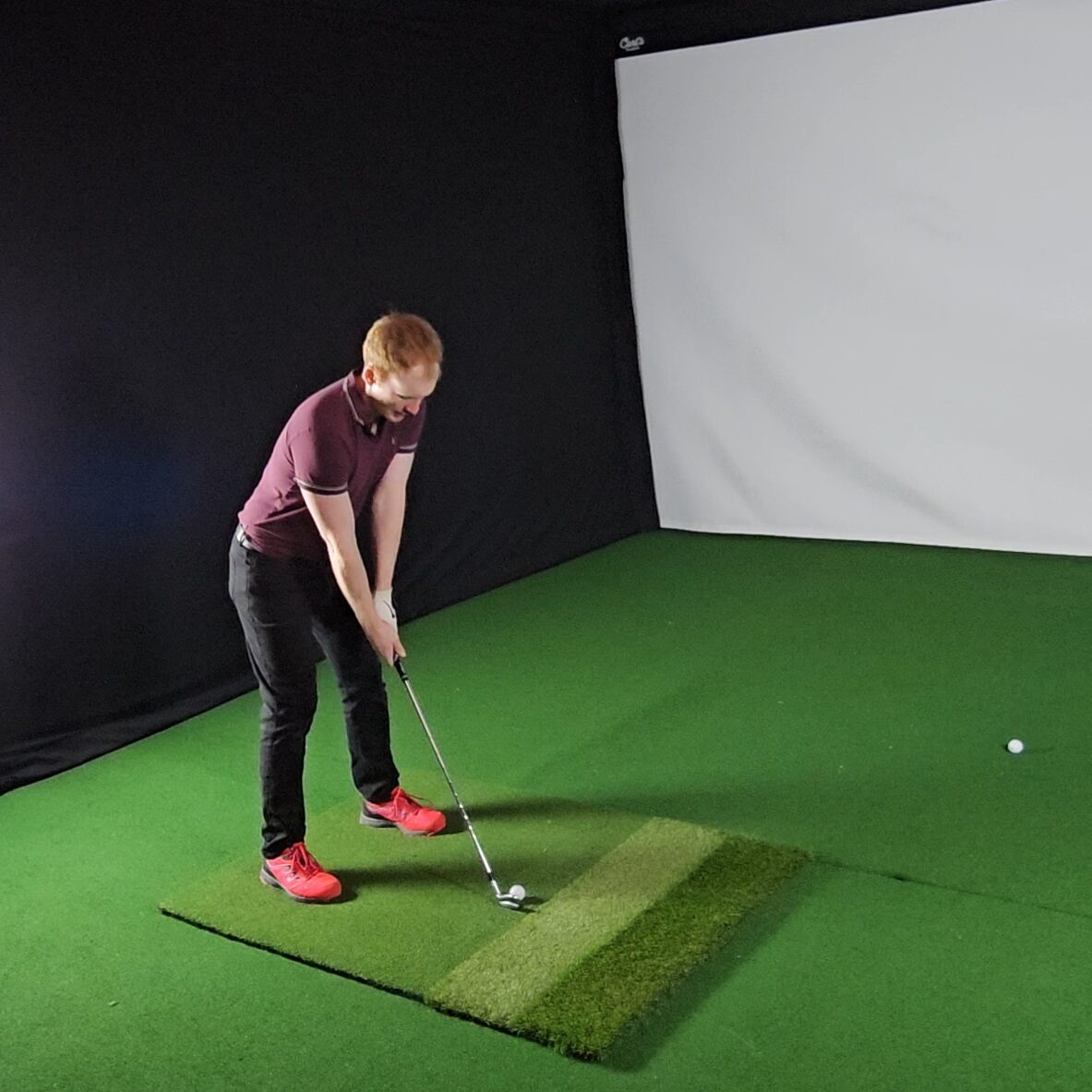
Hello! My name is Alex and it is my mission to bring you all the information you need to build your own home golf simulator! I hope mygolfsimulator.com helps you on your journey to better golf at home!
LEGAL INFORMATION
On this site, you'll find articles on all aspects of building a golf simulator. I will also link to other sites where you can buy some of the simulator components. Some of these links may be affiliate links, which means if you click them I gain a small commission at no extra cost to you. This really helps out me and my site so thank you in advance! mygolfsimulator.com and all related social media accounts are property of Awonline LTD.
